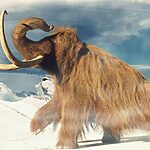How Much Does a Wolf Weigh – (Types of Wolves & Weight)
You have seen many gray wolves but have you ever imagined how much a wolf weigh?
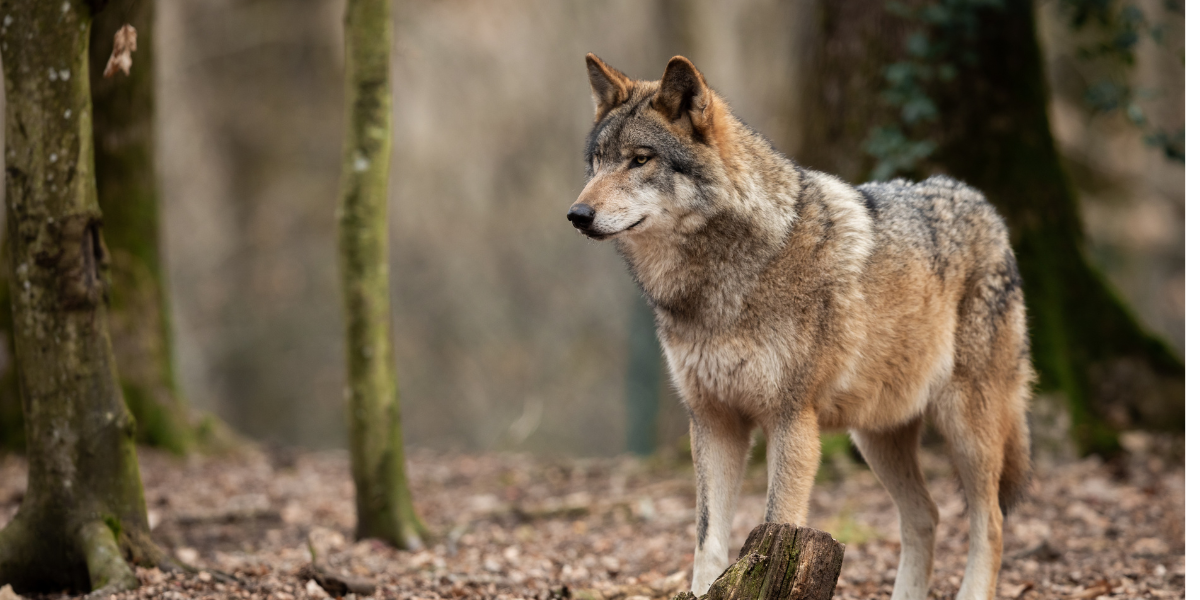
And in that regard, people have a lot of misconceptions about the wolf’s size and weight. Generally speaking, the average weight of a gray female wolf is around 80-100 pounds, and a male wolf is nearly 100-130 pounds.
As the wolf’s weight can vary depending on several factors such as subspecies, age, sex, and geographical location. So let’s explore all the factors that affect the weight and size of wolves.
Interesting Facts about Subspecies of Wolves
Gray Wolves
Gray wolves are also known as timber wolves. They live in a natural habitat that includes temperate forests, mountains, tundra, grasslands, and deserts. These highly intelligent creatures are social animals living in packs that contain 2 to 15 members.
Adult wolves are typically between 30 inches long, with males weighing up to 145 pounds and females weighing up to 100 pounds.
They have a distinct gray coat ranging from light gray to almost black. One interesting fact about gray wolves is that they have a strong sense of smell, which they use to locate prey from far away.
Gray wolves also have distinctive howl, which they use to communicate with other members of their pack over long distances.
When it comes to predatory behaviour, many of the animals that wolves kill are young, old, or in poor condition.
Types of Wolves – Their Sizes & Weight
There are many different types of wolves that have various characteristics based on their species. Some of their subspecies are mentioned below.
Tundra wolf or Arctic wolf
Arctic wolves, also known as white wolves or polar wolves. Their scientific name is Canis lupus arctos. These wolves are subspecies of the gray wolf and are well-adapted to living in the extremely cold weather of the Arctic.
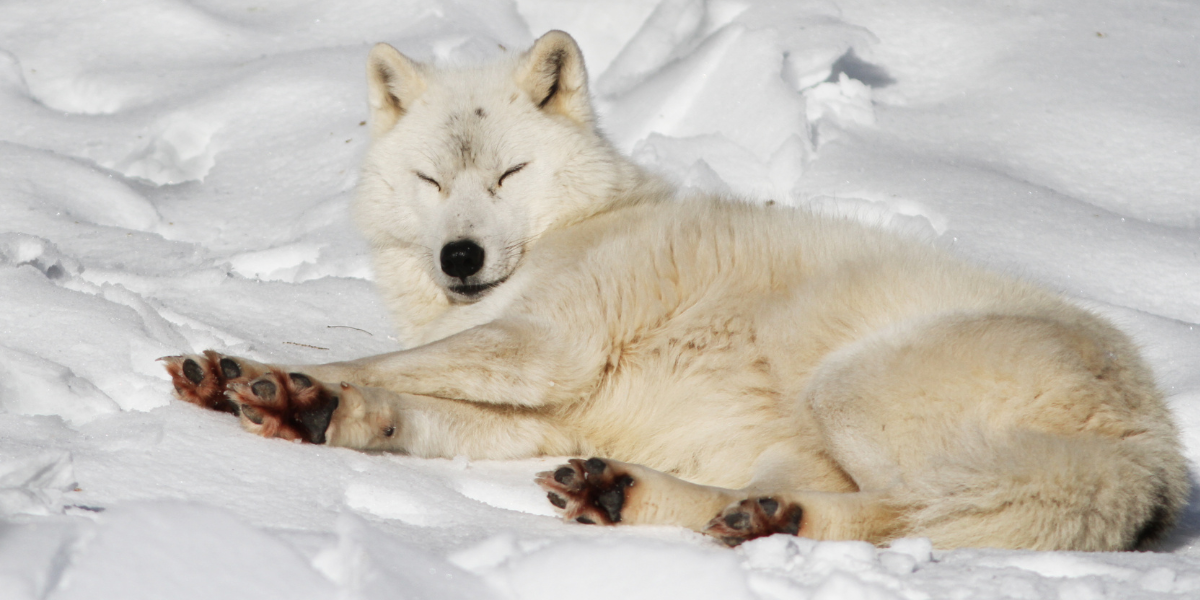
They have a thick white coat that helps them blend in with their snowy surroundings and keep them warm. In terms of size, Arctic wolves are 3 to 6 feet long, with adult males weighing 110 pounds and females weighing 36 to 38 kg.
Interestingly, Arctic wolves have smaller ears and shorter snouts than other subspecies of gray wolves, which helps to reduce heat loss in extremely cold temperatures of arctic tundras.
These wolves are also excellent hunters known to prey on various animals, including muskoxen, caribou, and Arctic hares.
Arctic wolf pups are adorable and beautiful that thrive in the harsh, snowy terrain of the Arctic. These pups are born in litters of 2-10, typically in between May and June.
The pups have a thick, white fur coat that helps keep them warm in the harsh temperatures of the Arctic. These pups are incredibly playful and curious, spending their days exploring their environment and playing with their littermates.
Red Wolves
These wolves live in forests, coastal prairies, and swamps of the southeastern United States. They are smaller than gray wolf and have reddish-brown fur, black-tipped tails, and legs.
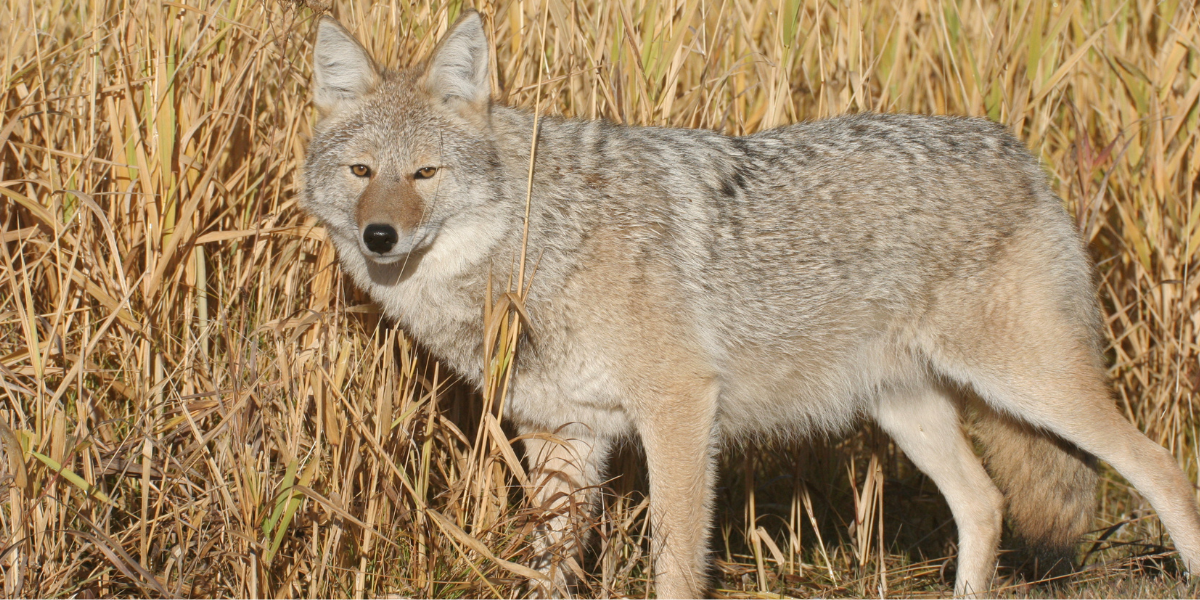
Their distinctive reddish fur has black markings. Unfortunately, their population has drastically fallen in the wild by the 1970s due to habitat loss, hunting, and interbreeding with coyotes.
However, their population has been decimated due to habitat loss and hunting. In 1973, a captive breeding program was established to help save this species, and while there have been some successes, sadly, the red wolf population still faces numerous challenges.
Red wolf pups are born blind and helpless, relying completely on their mother for survival. The pups are usually born in litters of three to six, with the average litter size being four.
Mexican wolf
The Mexican wolf, also known as the Lobo, is a subspecies of gray wolf native to Southeastern Arizona, Southern New Mexico, and Northern Mexico.
Mexican wolves are an important predator in their ecosystem and play a vital role in maintaining a healthy balance between predator and prey populations.
This subspecies is considered an endangered species, with only around 241 currently habitating in the wild. Conservation efforts are underway to protect and increase the population, including reintroduction programs and habitat restoration projects.
These pups are born in litters of 2 to 10 and are raised by their parents in dens. Mexican wolf pups are born with gray fur that gradually becomes darker as they grow older.
They are playful and curious, often venturing outside the den to explore their surroundings.
Eurasian wolf
The Eurasian wolf, also known as the Tibetan wolf, common wolf, and Middle Russian forest wolf. The scientific name of the Eurasian wolf is Canis lupus.
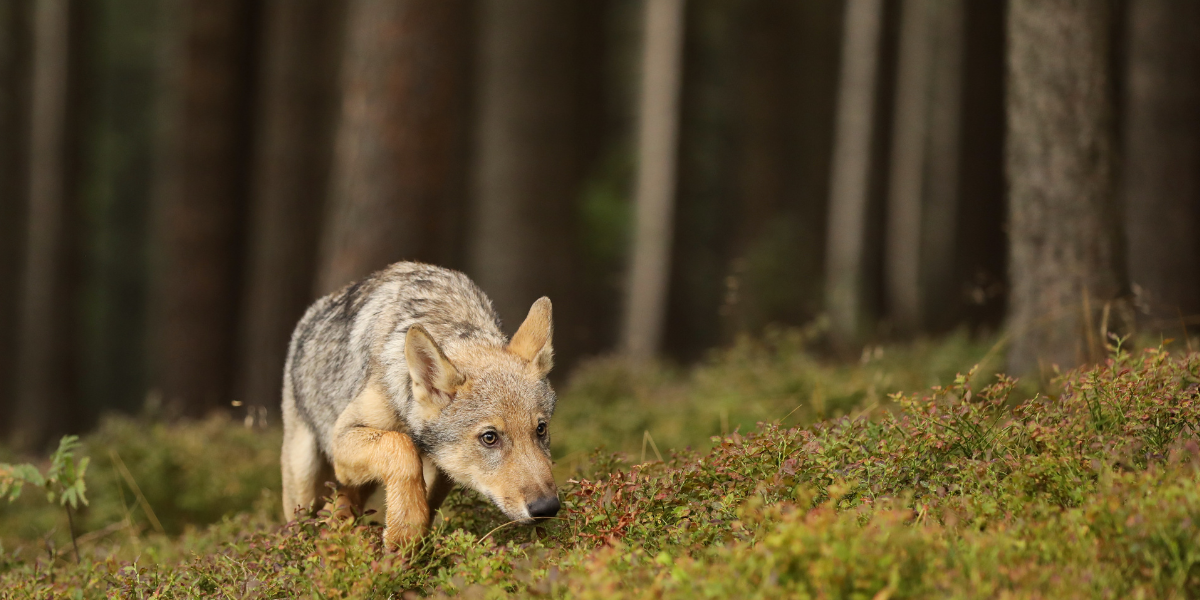
It is a Canidae family species in Eurasia, Western Europe, Scandinavia, Russia, China, Mongolia, and the Himalayan mountains.
It is the largest living wild member of the Canidae family, with males weighing around 25 to 35 kg and females weight 20% lesser than males.
They have a thick fur coat ranging from gray to brown that helps them camouflage themselves. These wolves are known to be highly intelligent and social animals that typically hunt in packs, allowing them to take down larger prey.
They are also apex predators and play an important role in regulating the populations of their prey species, making them a vital part of the ecosystem.
Gray Wolf or Timber Wolf Size Comparison to a Great Dane
The Gray Wolf, also known as the Timber Wolf, inhabits many parts of the world, including eastern North Carolina’s Albemarle Peninsula.
These animals are renowned for their size and strength, with adult males typically weighing 40 to 80 pounds and measuring up to 4 feet from nose to tail.
Compared to a Great Dane, the largest dog breed in the world, the Gray Wolf is generally smaller, with Great Danes weighing nearly 100 pounds and measuring up to 30 to 32 inches tall.
Gray Wolf Size Comparison to a Coyote
When it comes to size, the gray wolf is larger than coyotes. The gray wolf, also known as the timber wolf, is North America’s largest wild canine species.
It can weigh 30 to 80 kg and stand up to 30 inches tall at the shoulder. On the other hand, the coyote is much smaller, weighing only 30 to 50 pounds and standing about 60 inches long from nose to tail.
Gray Wolf Pups Size & Weight
Gray wolf pups are born small, commonly weighing only about one pound. As they grow, their weight increases rapidly, and they can reach up to 20-70 pounds by the time they are three months old.
However, the size and weight of gray wolf pups can vary depending on their geographic location and available food resources.
Additionally, the size and weight of gray wolf pups are influenced by their pack’s social structure and the availability of food resources.
Conclusion
The weight of a wolf varies greatly depending on the species of the wolf. Further, the weight of a wolf is influenced by factors such as age, sex, and diet.
Despite their fearsome reputation, they play a crucial role in maintaining the ecosystem’s balance, and their conservation is vital to the environment’s health.
The size and weight differ on the subspecies of the grey wolf. Like Eurasian wolf weighs around 86lbs and 33 inches standing at the shoulder. For more details, you can watch the video given below.
Frequently Asked Questions
How heavy is an adult wolf?
The average weight of an adult wolf is 100 to 145 pounds, and the adult female’s average weight is about 90 pounds.
Can wolves be 200 pounds?
When grey wolves reach adulthood, they can weigh nearly 200 pounds.
How heavy is the heaviest wolf ever recorded?
In the summer of 1939, an Alaska wolf trapper and a hunter-frank glaser captured a male wolf that weighed around 145 pounds.
What is the largest wolf?
The grey wolf, also known as the timber wolf, is the largest in the Canidae family.
- What Should I Do If A Koala Bites Me? Safety Guide - 2024-05-30
- Are Kangaroos Born Without Hind Legs? A Fascinating Journey - 2024-05-30
- Animals That Look Like Squirrels - 2024-05-30






